Automobile
First Look 2026 Porsche 911 Turbo S Hybrid shocks with power luxury and a surprising weakness
The most powerful 911 ever is here – but its hybrid twist sparks debate among enthusiasts
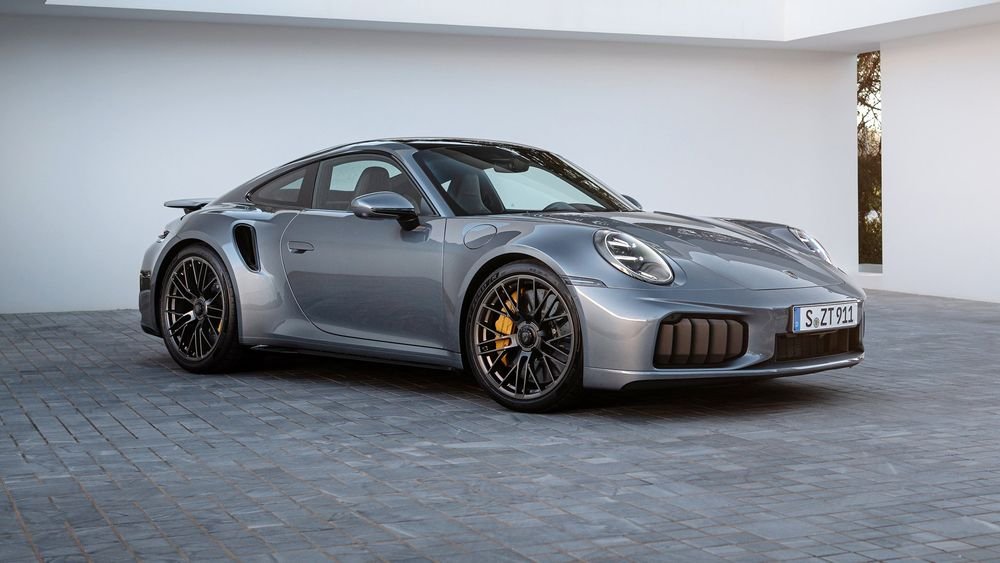
When Porsche promised to electrify its future, many wondered whether the legendary Porsche 911 would be next in line. The answer has finally arrived: the 2026 Porsche 911 Turbo S Hybrid, the most powerful 911 ever built, blending classic combustion with cutting-edge hybrid tech.
Tested at the iconic Weissach track, the new Turbo S stunned journalists as Jörg Bergmeister, the German racing champion and Porsche test driver, demonstrated its jaw-dropping acceleration. Despite weighing more due to the hybrid system, the car manages to deliver performance numbers that rival electric supercars.
Not all 911s are the same
For years, critics have joked that every 911 looks identical. But insiders know better. Each variant offers a distinct personality — from rear-wheel-drive Carreras to all-wheel-drive Turbos, and now, hybrids.
The flagship 2026 Turbo S leads this evolution, boasting a 701-horsepower hybrid setup that slashes its 0–60 mph time to just 2.4 seconds. That’s two-tenths quicker than the outgoing model and eerily close to the electric Porsche Taycan Turbo GT, which itself stunned the auto world with over 1,000 hp.
Michael Roesler, Porsche’s 911 model line director, even admitted with a laugh: “Two and a half seconds [from 0 to 100 kph] is at the corner of what is possible for physics.”

Hybrid boost, Nürburgring proof
The downside of electrification is usually added weight, and here too the Turbo S gains about 180 pounds. Yet Porsche isn’t apologizing. The prototype has already lapped the Nürburgring Nordschleife in just 7:03:92 minutes, shaving 14 seconds off the previous model.
According to Bergmeister, the car feels more agile despite its added heft — thanks largely to dual eTurbo hybrid turbochargers, a beefed-up eight-speed PDK transmission, and a compact 1.9-kWh battery pack carried over from the GTS hybrid.
Table of Contents
What’s new inside and out
Porsche has sprinkled exclusive Turbonite trim across the interior and exterior, a subtle gray shade unique to Turbo models. The car also flaunts:
- Wider 325/30 ZR 21 rear tires
- Largest ceramic composite brakes ever fitted to a 911
- Active aerodynamic flaps and a tilting rear wing
- Electrohydraulic Porsche Dynamic Chassis Control for reduced body roll
Inside, buyers can spec oval titanium exhaust outlets, custom leather, and even a Porsche Design watch with straps made from real Porsche leather. Yes, even the wiper arms are available in lightweight carbon fiber — shaving just over a pound, but pushing some builds past the $300,000 mark.
The price of exclusivity
The coupe starts at $272,650, while the Cabriolet kicks off at $286,650. Porsche hasn’t included possible tariffs in those figures, but given the clientele, price hikes are unlikely to deter interest.
Interestingly, Black Book analysts confirmed that the 911 Turbo S holds its value better than most high-end sports cars, making it both an indulgence and a savvy investment for collectors.

Why it matters
No one “needs” a 911 Turbo S Hybrid. But that’s not the point. This car proves that gas-powered sports cars still have a future alongside EVs, and that hybridization can enhance performance rather than dilute it.
Sure, it shares a silhouette with cheaper Carreras, but enthusiasts know its capability sets it apart. With 38% of buyers already owning a previous 911, Porsche has crafted a machine that speaks directly to its loyal community while pushing technology forward.
The big question now: does it feel as engaging behind the wheel as its predecessors? Soon enough, drivers will find out whether this hybrid legend earns its place in the pantheon of Porsche icons.
For more Update http://www.dailyglobaldiary.com
Business
Ford CEO Jim Farley warns EV sales could plunge by 50% as $7,500 tax credit ends…
The end of federal incentives may slash U.S. electric vehicle sales in half, forcing Ford and rivals to rethink their EV strategies.

Ford Motor Company CEO Jim Farley has delivered one of the starkest warnings yet for the U.S. electric vehicle (EV) market, saying demand could collapse by nearly 50% once federal tax incentives disappear.
Speaking at Ford’s “Pro Accelerate” event in Detroit on Tuesday, Farley said EV sales, which are currently hovering around a record 10–12% of the U.S. auto market, could sink to just 5% starting next month.
“We’re going to find out in a month. I wouldn’t be surprised if EV sales in the U.S. go down to 5%,” Farley said.
The policy shift
The forecast comes as the $7,500 federal EV incentive ends under the Trump administration’s “One Big Beautiful Bill Act.” The legislation removed blanket EV subsidies but added perks for vehicles assembled in the U.S., regardless of whether they are electric or combustion-based.
The policy change is already altering consumer behavior. Cox Automotive projects EV sales hit a record 410,000 units in Q3 2025, a 21% jump year-on-year, as buyers rushed to take advantage of the expiring credit. But analysts expect demand to slump once the incentive is gone, with many buyers effectively “pulling forward” their purchases.
Expensive cars, cautious buyers
Farley was blunt about the challenge facing automakers:
“Customers are not interested in the $75,000 electric vehicle. They find them interesting. They’re fast, they’re efficient, you don’t go to the gas station, but they’re expensive.”
Ford currently sells models like the F-150 Lightning, which can top $90,000, and the Mustang Mach-E, a crossover positioned against rivals from Tesla and Hyundai. But Farley noted that customers seem more comfortable with hybrids and “partial electrification” for now, calling them “easier for customers to accept.”
Industry-wide ripple effects
The uncertainty could have major consequences for automakers’ massive EV investments. Ford has spent billions on EV development and battery plants across the U.S., but Farley acknowledged those facilities may now face “more stress.”
“We’ll fill them, but it will be more stress, because we had a four-year predictable policy. Now the policy changed. We all have to make adjustments,” he said.
The broader industry is watching closely. Tesla, General Motors, and Hyundai have all banked on rapid EV adoption to justify their expansion plans. The sudden shift could force a rethink in pricing, production, and supply chain strategies.
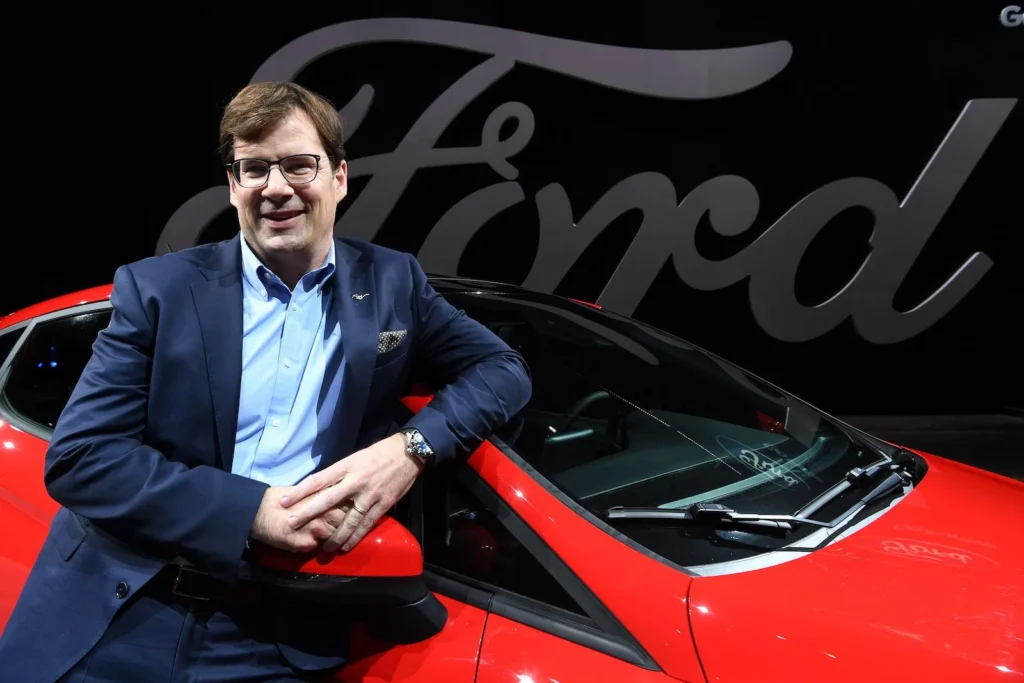
Skilled trades and the “essential economy”
Farley’s comments came during a Ford-hosted discussion on skilled labor and education. The event drew executives and public officials who emphasized the need for training workers to support both traditional auto manufacturing and the emerging EV ecosystem.
While Farley expressed optimism that EVs will remain “a vibrant industry,” he admitted it will be “way smaller than we thought,” at least in the near term. For automakers, the message is clear: the road to electrification just got a lot bumpier.
For more Update http://www.dailyglobaldiary.com
Automobile
Tesla Model Y Performance shocks with speed upgrades but do families really need a 460bhp SUV?
The revised Model Y Performance brings blistering acceleration, sharper suspension, and subtle design tweaks—but critics ask if it makes sense for the average family buyer.
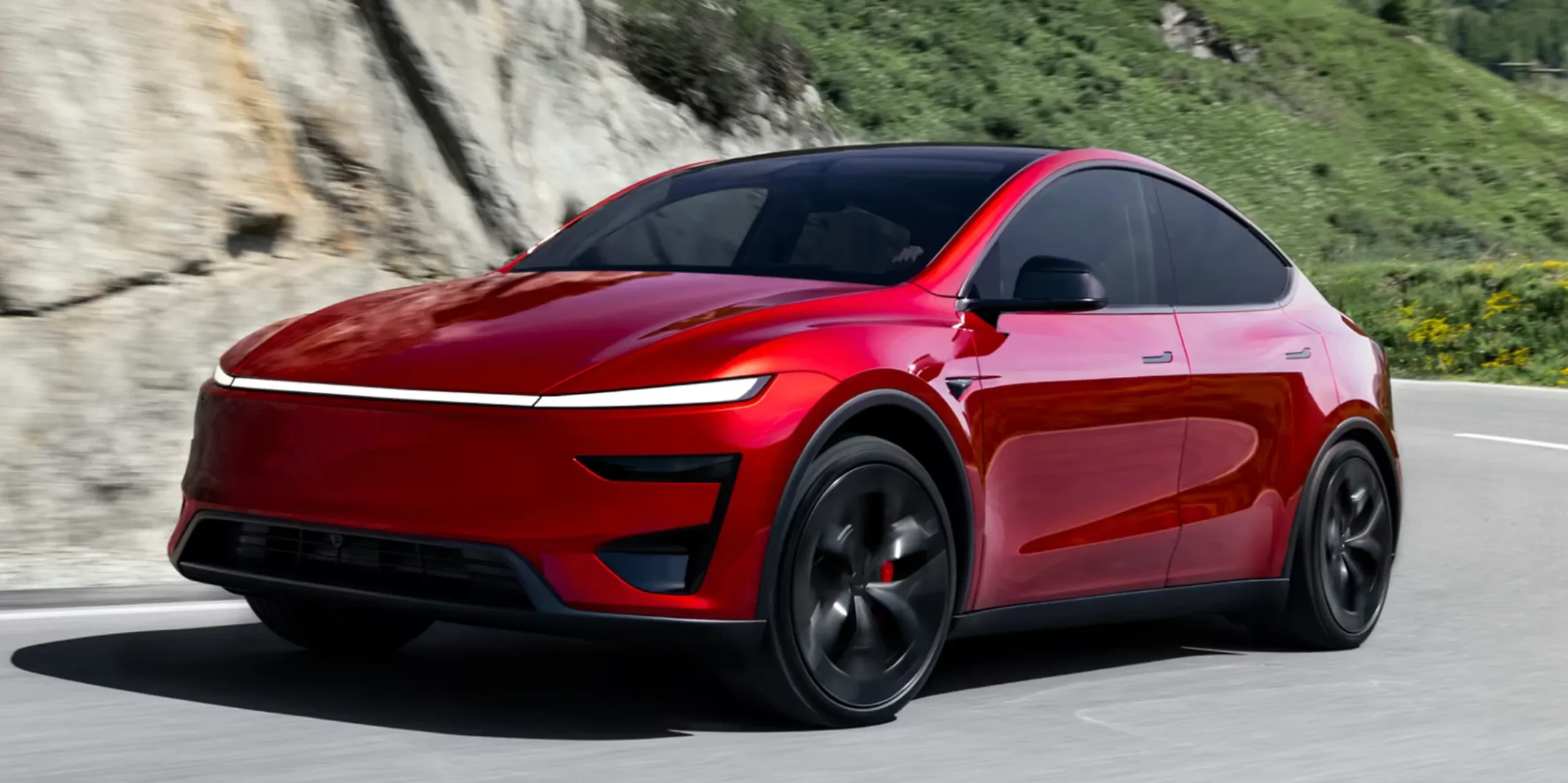
When Tesla announced the revised Model Y Performance, many assumed it would simply be another power bump on an already rapid electric SUV. On paper, it is: 460bhp, 0-62 mph in 3.5 seconds, and the obligatory “Insane Mode” launch control. But look closer, and there’s more nuance—plus an open question: who exactly needs this much power in a family EV?
A power boost with hidden refinements
The Model Y Performance now uses the LG 5M battery pack borrowed from the Tesla Model 3 Performance. With 79kWh usable capacity, it manages to squeeze in more energy without extra weight, resulting in nearly the same efficiency as the Long Range AWD. Efficiency might not sound as sexy as acceleration, but it matters when you’re ferrying kids to school rather than sprinting down an autobahn.
Alongside the battery, engineers squeezed out 40 extra horsepower over the last version. In today’s EV arms race, that means a 0-62mph sprint in just 3.5 seconds—numbers once reserved for supercars. Stick it in “Insane” mode, and it will repeat that feat multiple times.

Subtle styling, serious aero tweaks
At first glance, the Model Y Performance doesn’t scream transformation. Yes, there’s a new bumper, 21-inch Arachnid 2.0 wheels, a carbon lip spoiler, and glossy black mirrors. But the real story is underneath: the aero work reduces lift by 64% and drag by 10%. Less lift means more stability at speed, while less drag is a welcome efficiency boost. And if you care about details, those flashy red brake calipers? Same as the AWD version—just painted red.
Cabin upgrades and comfort
Inside, Elon Musk’s team focused on refinement. The central touchscreen has grown slightly, now crisper with more pixels. Sportier seats get extra bolstering and electric thigh supports, while carbon trim dots the dashboard and door inserts. Rear passengers aren’t left behind: the 8-inch rear entertainment screen remains, as does the panoramic glass roof.
Noise, vibration, and harshness (NVH) levels have also been significantly improved. On smooth Swiss roads, testers reported cabin noise so low that you could “hear your passenger breathing.” That level of silence in an EV SUV is no small achievement.
Driving experience: intention over fun
Tesla didn’t just rely on raw power. The Y Performance gets adaptive suspension, revised bushings, and reinforced rear bracing. This means sharper handling and smoother ride control. It’s not a night-and-day difference compared to the Long Range AWD, but it does feel more deliberate, more focused. Still, the hefty weight makes quick direction changes less playful. The steering remains accurate but numb, and while braking is solid, it lacks feedback.
At 75% effort, though, the car feels exactly as intended—rapid, secure, and composed. Which, frankly, is what most families will want.
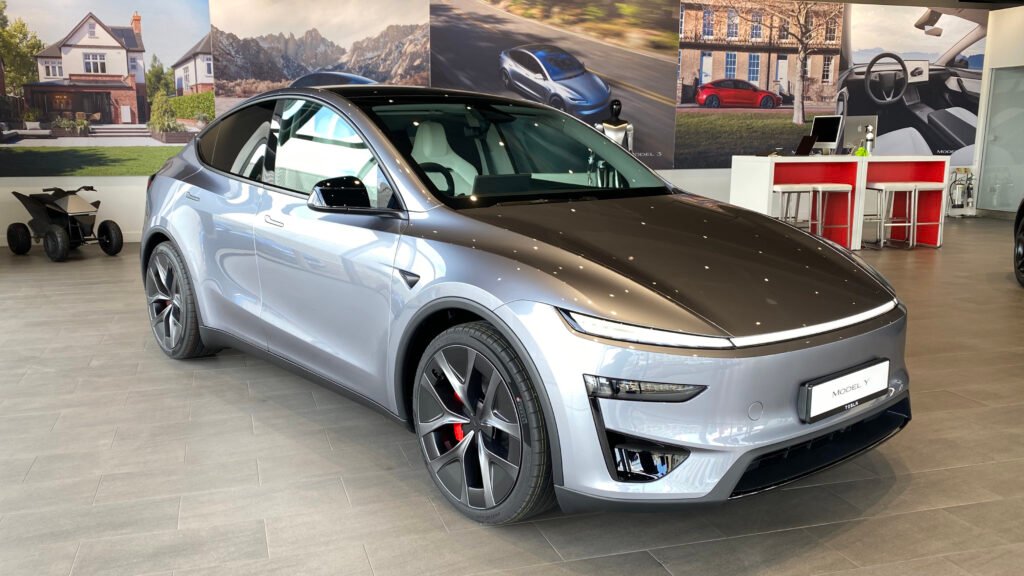
The question of need vs. want
Here’s the rub. The standard Model Y Long Range AWD already does 0-62mph in under five seconds, has slightly more range, and costs about £10,000 less. For daily driving, school runs, and road trips, it might actually be the better choice.
The Performance version feels like an indulgence—a family car with sports car numbers. But will you really unleash 460bhp with children and groceries on board? Probably not.
As one reviewer put it, “The Model Y Performance is brilliant, but it feels surplus to requirements.”
For more Update http://www.dailyglobaldiary.com
Automobile
EV sales skyrocket in the U.S. as buyers race against Sept. 30 tax credit deadline
With federal incentives of up to $7,500 set to expire, Americans rushed to dealerships, sparking a historic surge in electric vehicle sales.

The electric vehicle market in the United States just witnessed a surge unlike anything in recent memory. With federal tax credits for EVs — worth up to $7,500 on new cars and $4,000 on used ones — set to expire on September 30, buyers across the country rushed to secure deals before the clock ran out.
The Republican tax and spending package, passed in July, abruptly brought forward the deadline, creating what analysts have dubbed “the great EV sprint.” To qualify, buyers simply needed a binding contract signed before the deadline, even if delivery of the vehicle was scheduled for later.
“The past couple of weeks — even in the past several days — EV sales just exploded,” said Matt Jones, senior director of industry relations at TrueCar (LinkedIn). “It’s been bonkers.”
Tesla’s countdown and the power of urgency
Some automakers wasted no time amplifying the urgency. Tesla (Wikipedia) prominently featured a ticking countdown clock on its website, reminding buyers of the exact second they had left to lock in their purchase. Other dealers ramped up ad campaigns, targeting consumers who were previously unaware of the tax incentive.
The strategy worked. According to Cox Automotive EV sales in Q3 jumped 21.1% year-over-year, and were 30% higher than in spring 2025. J.D. Power reported that EVs made up over 11% of all U.S. auto sales in August, a figure matched only once before — in December 2024, when buyers rushed to close deals before Donald Trump began his second presidential term.

Used EVs: the hottest ticket under $25k
The frenzy wasn’t limited to new vehicles. Used EVs under $25,000 — the price band eligible for the used tax credit — became the fastest sellers in the market, according to Cars Commerce , parent company of Cars.com.
The surge was so significant that analysts believe it boosted the entire U.S. auto market, with Edmunds forecasting the strongest Q3 new vehicle sales since before the COVID-19 pandemic in 2020.
But will there be an “EV hangover”?
Not everyone is celebrating. Analysts warn that the spike could be followed by a slowdown. “The end of the tax credit created a rush in September, but it could also trigger an EV hangover in the months ahead,” cautioned Ivan Drury of Edmunds.
In other words, consumers who rushed to buy an EV before the deadline likely won’t be shopping again this year, leaving dealerships with fewer potential buyers in the short term.
The Rhodium Group estimates that the early end of the credits could reduce EV sales by 16% to 38% compared to projected growth.
Long-term growth still intact
Despite the uncertainty, long-term EV adoption appears stable. J.D. Power surveys show more than half of new-vehicle shoppers remain interested in going electric within the next year, suggesting that consumer appetite isn’t just tied to government incentives.
Automakers like General Motors and Ford are still heavily investing in EV technology to compete with China’s rapidly expanding market, while also grappling with tariffs and supply chain costs.
The real test, experts say, will be whether automakers can bring down EV prices enough to maintain momentum without federal subsidies. For now, September’s sales boom has shown one thing clearly: when incentives are on the line, American buyers will move fast.
For more Update http://www.dailyglobaldiary.com
-

 Entertainment1 week ago
Entertainment1 week agoAlyssa Milano removes breast implants says she finally feels free and authentic
-

 Technology News1 week ago
Technology News1 week agoChina opens Shanghai digital yuan hub to rival US dollar but here’s the bigger plan
-

 Entertainment6 days ago
Entertainment6 days agoDolly Parton delays Las Vegas concerts by nine months citing health challenges but promises unforgettable return
-

 Entertainment6 days ago
Entertainment6 days agoZoey Deutch engaged to comedian Jimmy Tatro after 4 years of dating with romantic beach proposal
-

 Sports1 week ago
Sports1 week agoSnoop Dogg stuns AFL fans with 5 bold promises before grand final show
-

 Sports4 days ago
Sports4 days agoTottenham’s Champions League wake-up call… why Spurs must stop looking like a Europa League side
-

 Technology1 week ago
Technology1 week agoGoogle shocks crypto world with $3B deal for Cipher Mining stake but here’s the twist
-

 Politics1 week ago
Politics1 week agoBarack Obama slams Trump administration over Tylenol autism claim calls it violence against truth


















